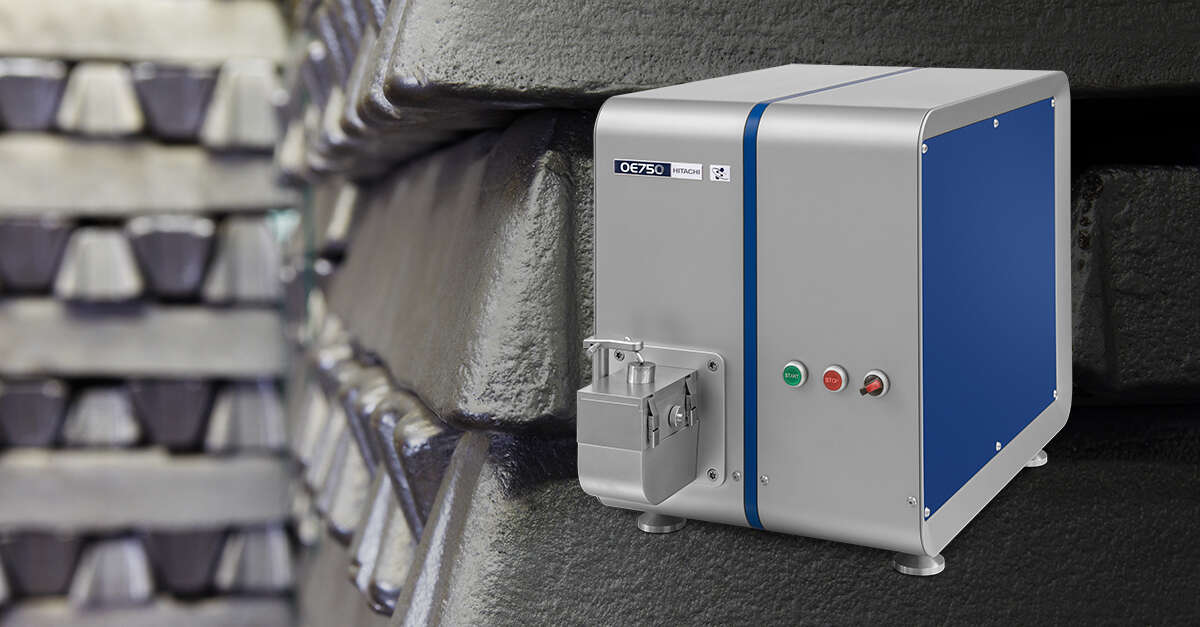Aluminum is remarkable for its low density and ability to resist corrosion through the phenomenon of passivation. Aluminum forms alloys with many materials, including copper, magnesium, manganese, silicon, tin and zinc. These alloys are used extensively in the aerospace, transportation and building industries; in aircraft skins, building facades and window frames. It’s possible to create stiffer and lighter components with Al alloys than is usually achieved with steel.

Application Note: Determination of aluminium alloys with OE750
There are two principal Al alloy classifications: cast alloys and wrought alloys. These classes are subdivided further into heat-treatable and non-heat-treatable categories. Wrought alloys make up the majority of Al alloy use, with about 85% used for wrought products, such as rolled plates, foils and extrusions.
Cast Al alloys yield cost-effective products due to their low melting point, although they generally have a lower tensile strength than wrought Al alloys. The most important cast Al alloy system is Al–Si, where high levels of silicon (4.0–13%) give the alloy good casting characteristics.
Aluminium alloy surfaces will develop a white, protective layer of Al2O3 if left unprotected from the atmosphere. Anodising and / or painting are the usual methods of surface protection. Al alloys can be susceptible to galvanic corrosion in certain conditions. This occurs when the alloy is in electrical contact with a metal of higher corrosion potential within an electrolyte that allows ion exchange.
It’s important to heat treat Al alloys properly. Failure to do so causes elements within the alloy to separate and the alloy then corrodes from the inside out.
The OE750 is ideal for the control of tramp elements in aluminium. Aluminum foundries supplying to the automotive industries need to perform aluminium melt analysis at the highest level. For example, P, Ca, Bi and Sb tramp elements in the alloy must not exceed 120 ppm in total, as it would negate the effect of adding other elements to control the melt properties.
Download the application note for more information.
Get in touch